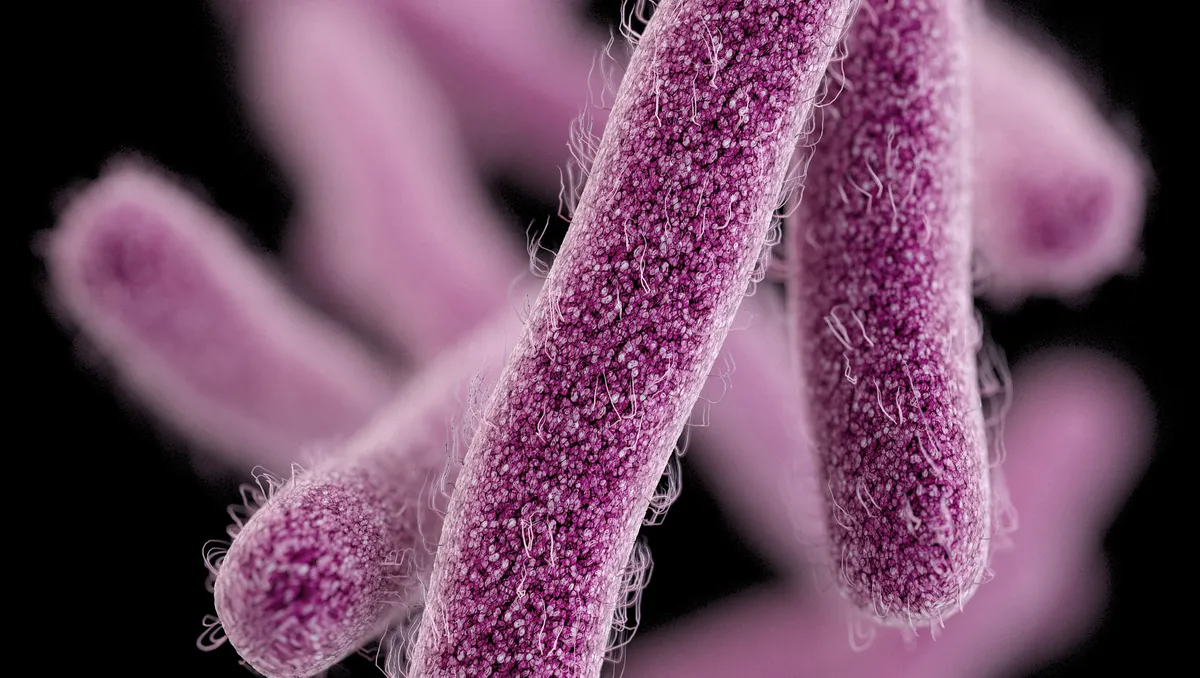
The Centers for Disease Control and Prevention is spreading awareness to an increase in drug-resistant bacteria in its report, Annals of Internal Medicine.
Infections related to the bacteria, called NDM-producing carbapenem-resistant Enterobacterales (NDM-CRE), rose by over 460% in the U.S. It’s hard to treat and can lead to death, with many clinical laboratories lacking the testing capacity to detect infections.
“This sharp rise in NDM-CRE means we face a growing threat that limits our ability to treat some of the most serious bacterial infections,” said Danielle Rankin, an epidemiologist in CDC’s Division of Healthcare Quality Promotion. “Selecting the right treatment has never been more complicated, so it is vitally important that healthcare providers have access to testing to help them select the proper targeted therapies.”
As of Sept. 23, there have been 33 cases of NDM in South Carolina, according to The State, who spoke with Casey White, spokesperson for the South Carolina Department of Health. Eight of these cases were Upstate.
“The risk of getting NDM to the general public is low,” said White, who added that cases were likely to occur in a healthcare environment.
What is NDM-CRE?
NDM-CRE belongs to a group of bacteria called carbapenem-resistant Enterobacterales (CRE), which are resistant to some of the most powerful antibiotics available, per the CDC. New Delhi metallo-β-lactamase(NDM) is an enzyme that causes the bacteria to resist almost all antibiotics.
NDM can make pneumonia, bloodstream infections, urinary tract infections, and wound infections extremely difficult to treat.
How many deaths were caused by NDM-CRE in 2020?
A 2022 CDC report, called COVID-19: U.S. Impact on Antimicrobial Resistance, indicated there were approximately 12,700 infections and 1,100 deaths in the U.S. from CRE in 2020.
Are NDM-CRE infections common in the U.S.?
No, NDM-CRE infections are historically uncommon in the U.S., meaning healthcare providers may not suspect it when caring for patients carrying CRE. Because of this, the treatment plan they choose to implement may not be effective.
Can NDM-CRE spread quickly?
NDM-CRE has the potential for quick transmission in healthcare facilities and in the community due to the lack of appropriate infection prevention and control measures.
Why is NDM-CRE on the rise?
The CDC said gaps in infection control and limited testing are two contributing factors to the increase in NDM-CRE infections.
Infection control practices like proper hand hygiene, wearing gloves and a gown when treating patients, cleaning, and disinfection help prevent bacteria from spreading in healthcare settings. The presence of bacteria in patients may also be hard to detect due to most hospitals and clinics not having tools for diagnosis.
CDC tips for healthcare providers regarding NDM-CRE
Stay Informed: Be aware of the increasing threat of NDM-CRE nationally. Understand your local CRE epidemiology.
Test Promptly: Perform testing to identify the type of carbapenemase present to help get your patient effective treatment promptly when a CRE infection is identified. Testing is available in some clinical laboratories and, if unavailable at the clinical level, through public health laboratories.
Select treatment carefully: Understand the specific carbapenem resistance mechanism causing the infection to appropriately select antibiotics to manage your patient’s NDM-CRE infection.
Strengthen prevention: Follow infection prevention and control best practices to protect patients and keep bacteria from spreading in healthcare settings, including wearing a gown and gloves for patient care according to the guidelines for your setting (i.e., Contact Precautions in acute care, Enhanced Barrier Precautions in long-term care). Work with state/local Healthcare-associated Infections and Antimicrobial Resistance (HAI/AR) Programs to prevent spread.
Nina Tran covers trending topics for The Greenville News. Reach her via email at ntran@gannett.com.



